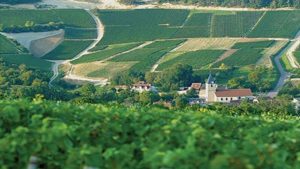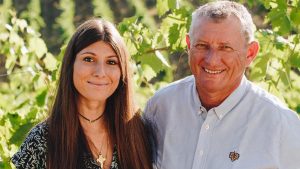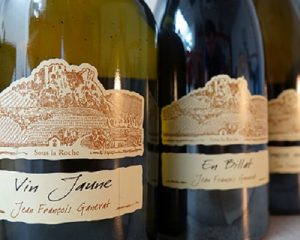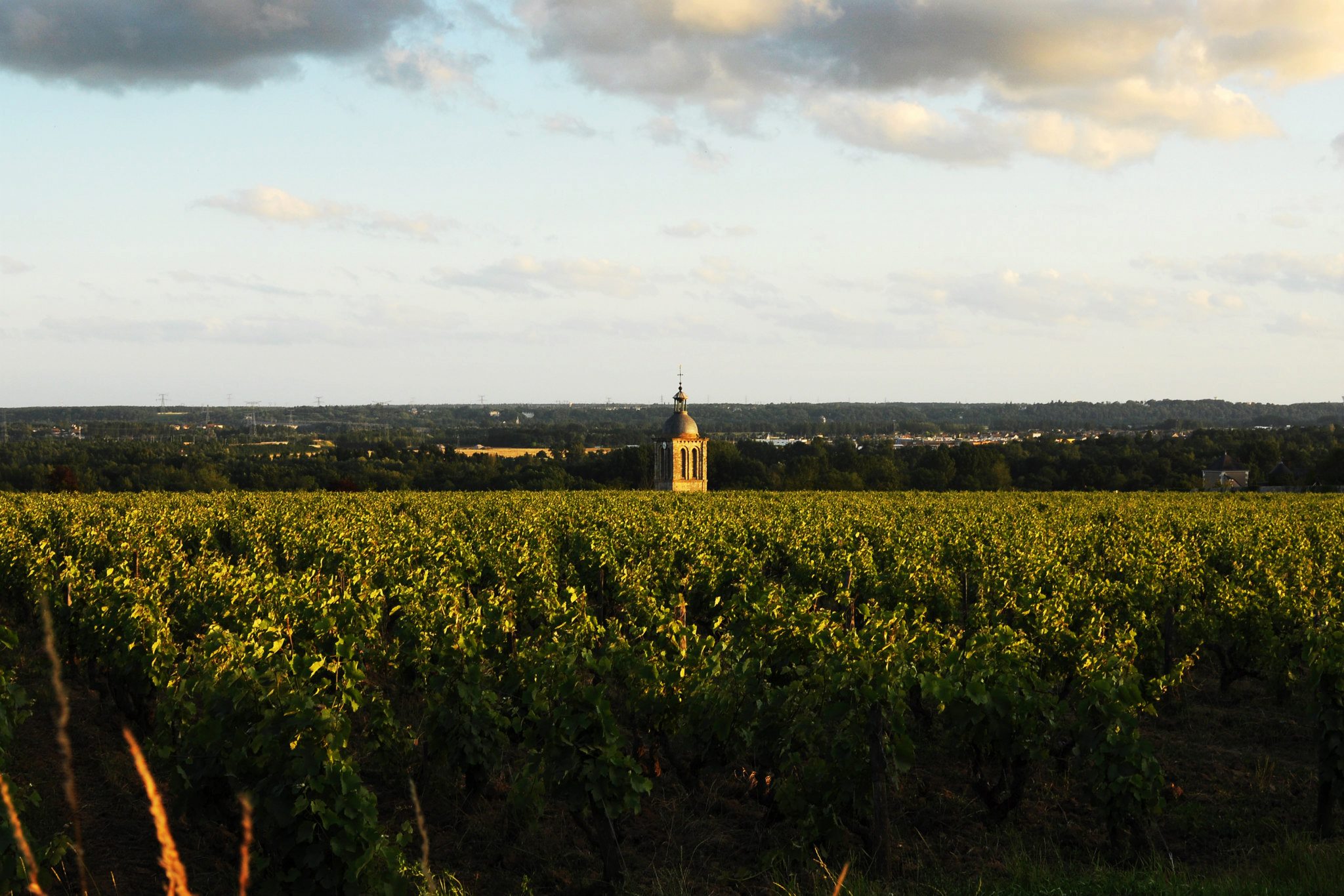
A veritable trailblazer in biodynamic viticulture, Domaine Huet crafts exquisite Chenin, the only grape variety authorised in the Vouvray appellation, on three different, and all exceptional, terroirs. Discover this cult signature and the cuvées that show every respect for their terroir and the local tradition.
A family history
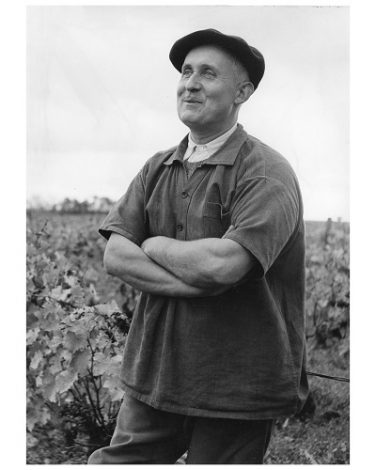 Originally from Paris, Gaston Huet moved to Vouvray in 1928 with his parents when his mother fell ill in the hope that the fresh country air would improve her health. It was while enjoying a walk in the countryside that Gaston and his parents fell for the region’s charm and more specifically for a grand house surrounded by a magnificent garden with cyclamens growing under a chestnut tree. They decided to buy this property and its five hectares of vines situated on the Haut-Lieu terroir in 1928. With an education in agriculture, Gaston worked the vines with his father until the war when he was taken prisoner. When he returned, Gaston expanded the domaine and in 1953 he bought six hectares of vines on the Clos de Bourg terroir, then eight hectares on the Le Mont terroir. A few years later, he expanded his Le Haut-Lieu parcel to 15 hectares as “to make fine wine you need fine terroirs”.
Originally from Paris, Gaston Huet moved to Vouvray in 1928 with his parents when his mother fell ill in the hope that the fresh country air would improve her health. It was while enjoying a walk in the countryside that Gaston and his parents fell for the region’s charm and more specifically for a grand house surrounded by a magnificent garden with cyclamens growing under a chestnut tree. They decided to buy this property and its five hectares of vines situated on the Haut-Lieu terroir in 1928. With an education in agriculture, Gaston worked the vines with his father until the war when he was taken prisoner. When he returned, Gaston expanded the domaine and in 1953 he bought six hectares of vines on the Clos de Bourg terroir, then eight hectares on the Le Mont terroir. A few years later, he expanded his Le Haut-Lieu parcel to 15 hectares as “to make fine wine you need fine terroirs”.
After the death of his father, Gaston created the public limited company Huet which he shared with his three children. Noël Pinguet, a pioneer in biodynamics in France joins the domaine. The two men share the same philosophy that is led by an unwavering respect for the terroir. It is quality and not quantity that concerns them both and they produce balanced wines that offer great purity. After a few attempts, they make the change to biodynamics in 1990 and receive certification in 1993.
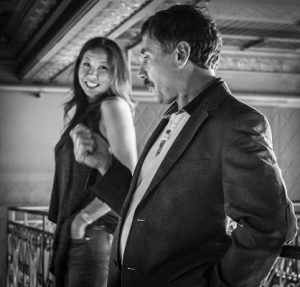 Today the domaine spans 35 hectares and was bought by the Hwang family for 80% of the capital. Jean-Bernard Berthomé took over from Noël Pinguet, maintaining the same exacting standards and philosophy.
Today the domaine spans 35 hectares and was bought by the Hwang family for 80% of the capital. Jean-Bernard Berthomé took over from Noël Pinguet, maintaining the same exacting standards and philosophy.
A true expression of terroir
As Gaston’s mother’s health deteriorated, he became determined to cultivate his vines in the most natural way possible and find harmony in his cuvées through preserving the natural balance of the vines, the soil and the environment. Gaston knew how to extract the finest expressions of Chenin from his three different and extraordinary terroirs. Le Clos de Bourg is a parcel of limestone rich soil that produces flavourful and dense still Chenin. The La Mont parcel has a south facing orientation and a deeper soil composed of clay. This particular terroir produces Chenin with a certain singularity and the wines are fresh with immense minerality. Finally, Le Haut-Lieu is a historic parcel and, while the orientation is not so favourable, the clay rich soil conserves humidity very well and produces wonderful fruit forward wines.
Gaston knew how to reflect the purity and complexity of his terroirs in his cuvées through respecting nature and the vine. Since they were bought, these terroirs have not seen a single chemical product and the approach in the vineyard values above all else a natural balance between the vine and its environment to produce exceptional wines.
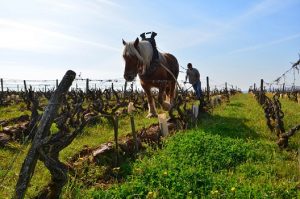 From mid-summer to the beginning of April is a critical time when the vine needs to receive everything it can from the soil to mature the grapes and start a new vegetative cycle. The soil is no longer tilled mechanically to help the roots of the vines delve as far as possible into the soil and receive nutrients.
From mid-summer to the beginning of April is a critical time when the vine needs to receive everything it can from the soil to mature the grapes and start a new vegetative cycle. The soil is no longer tilled mechanically to help the roots of the vines delve as far as possible into the soil and receive nutrients.
To help the natural development of the vine, organic compost is also put down to encourage decomposition and aid fertilisation. The domaine uses other organic preparations to help the vine receive vital nutrients. Harvests are carried out by hand: “our philosophy is founded on the principle that once the grapes are pressed, man does not intervene with the juice. This is why the grapes are picked and sorted in the vineyard and then for a final time at a sorting table that we installed in 2004 at the end of the vinerows. We also check the quality of the grapes before pressing them, leaving the other grapes on the vine”.
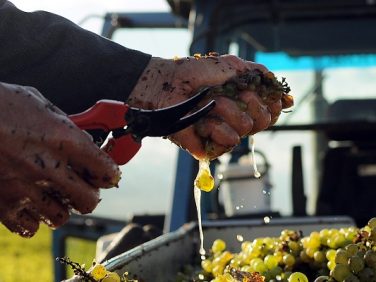 When the grapes arrive at the cave, nature is fully in charge. In fact, like most of the domaines in the region, the main vinification site is a natural cave dug out of the rocks that offers optimal hygrometric and thermal conditions for conserving wine.
When the grapes arrive at the cave, nature is fully in charge. In fact, like most of the domaines in the region, the main vinification site is a natural cave dug out of the rocks that offers optimal hygrometric and thermal conditions for conserving wine.
Every parcel at Domaine Huet is vinified separately. Pressing takes place outside the cave thanks to a pneumatic vertical press that gently extracts the breadth of the grape variety’s aromatic palette. The juice is then put in vats under carbonic gas to limit oxidation. Debourbage (letting the wine settle) takes place at a low temperature. Fermentation takes place thank to natural yeasts present in 35 year old demi-muids as is traditional in the area. Malolactic fermentation is not encouraged so as to preserve the natural freshness and acidity of Chenin, essential for its ageing gracefully. After racking, the wines are once again put in a vat at a low temperature to inhibit yeast activity then again in demi-muids with a little sulphur to keep them stable. After 4 to 6 weeks, the wines are filtered under natural gas and bottled at the beginning of April.
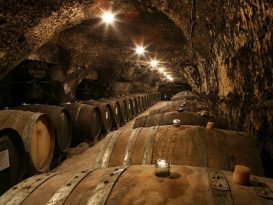
See all the wines from Domaine Huet currently for sale

